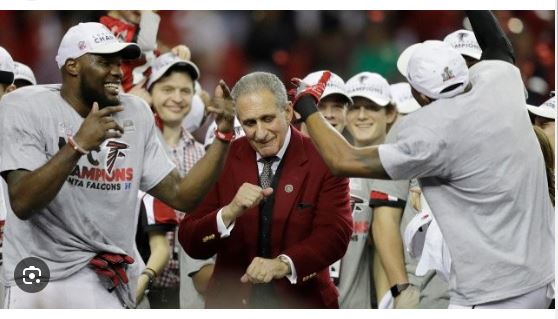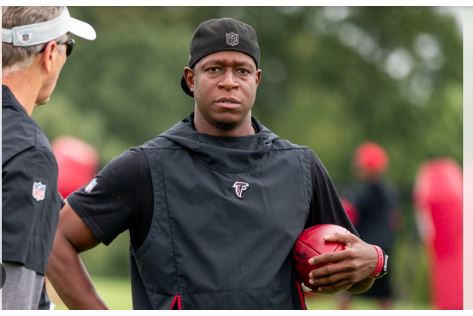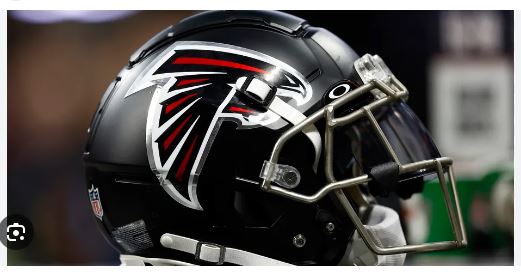There’s a lot of talk that the quarterback, wide receiver, and offensive line are three of the class’s deepest position groupings going into the 2024 NFL Draft, which gets underway on Thursday.
Which job groupings, nevertheless, are undertalented? This same subject was addressed in the most recent “Pardon My Take” podcast episode from Barstool Sports by NFL Media’s Daniel Jeremiah.
With a little twist, Jeremiah—a former scout for the Philadelphia Eagles, Cleveland Browns, and Baltimore Ravens—broke out the weakest and deepest position groupings. Jeremiah based his analysis for the exercise on the number of players he thinks will sign a second contract with the team that drafts them.
Naturally, Jeremiah listed wide receiver, offensive line, and cornerback as the position groupings with the highest number of players (at least seven) who he thinks will be re-signed. Jeremiah, however, believes that not even three running back prospects would stick with the team that drafts them beyond their rookie contracts.
“Running backs, for obvious reasons, I put zero to two; it’s not a great running backs class,” Jeremiah stated. “This is unrelated to the position’s devaluation. Simply put, this running back class isn’t very good.”
Jeremiah’s conclusion that this is a poor running back class may sound exaggerated, but it’s difficult to refute. The poor quality of the talent pool was demonstrated by a recent bet given by DraftKings Sportsbook for zero running backs to be picked at -1600 odds.
Furthermore, ESPN’s top-ranked running back, Jonathan Brooks of Texas, injured his ACL 11 games into the previous season after only one season as a collegiate starter. While healthy, the 20-year-old nevertheless performed admirably, racking up 1,425 yards from scrimmage and 11 touchdowns. However, he is a far less exciting prospect than Bijan Robinson, his former colleague who was selected eighth overall in the previous year’s draft.
Still, Jeremiah believes that a few other position groupings are lacking, nearly all of which are on the ball’s defensive end.
“It is not a good tight end class,” Jeremiah continued. “There, I placed one to two… Four to five is not a very safe distance. Edge-rushers and defensive tackles are both four to five or four to six. Three to four linebackers [are] not good. The draft’s strength is literally in the receivers, tackles, and corners.”
The only two-time John Mackey Award winner in college football history, Brock Bowers of Georgia, is a lock to be chosen early in the first round on the tight end front.
But if Bowers is chosen, there won’t be as much potential at the position; Texas’ Ja’Tavion Sanders is regarded as the No. 2 tight end in the class. Sanders performed poorly at the NFL Scouting Combine despite his success with the Longhorns, which has led to worries that he is a boom-or-bust candidate.
It’s unlikely that a safety or inside linebacker will be selected in the first round, similar to the situation with running backs. The favorite to be the first linebacker taken (+125) is Junior Colson, who led Michigan with 95 tackles in the previous season and is Jeremiah’s No. 43 overall prospect, according to FanDuel Sportsbook.
In the meanwhile, Tyler Nubin of Minnesota (53 tackles, 1 sack, and 5 interceptions in 2023) is the front-runner to start as the first safety off the board.
Although the depth may not be very enticing, there are certainly high-upside guys in this year’s defensive tackle and edge-rusher classes. On Thursday, it will be interesting to see whether the general dearth of quality at each position group tempts clubs to move up for a blue-chip prospect like UCLA edge-rusher Laiatu Latu or Texas offensive lineman Byron Murphy II.



